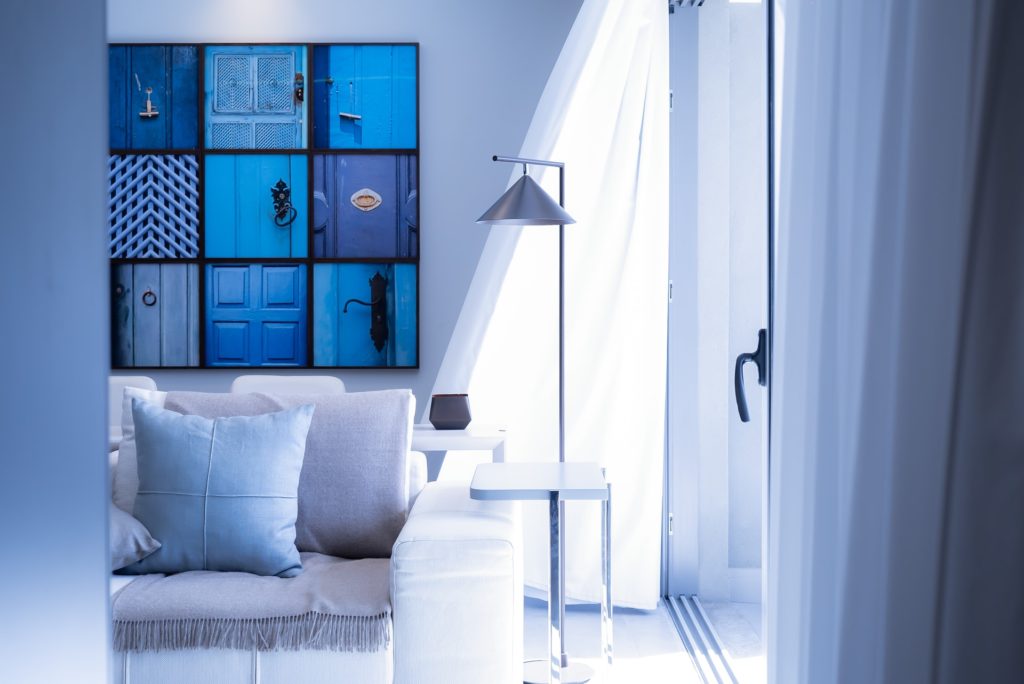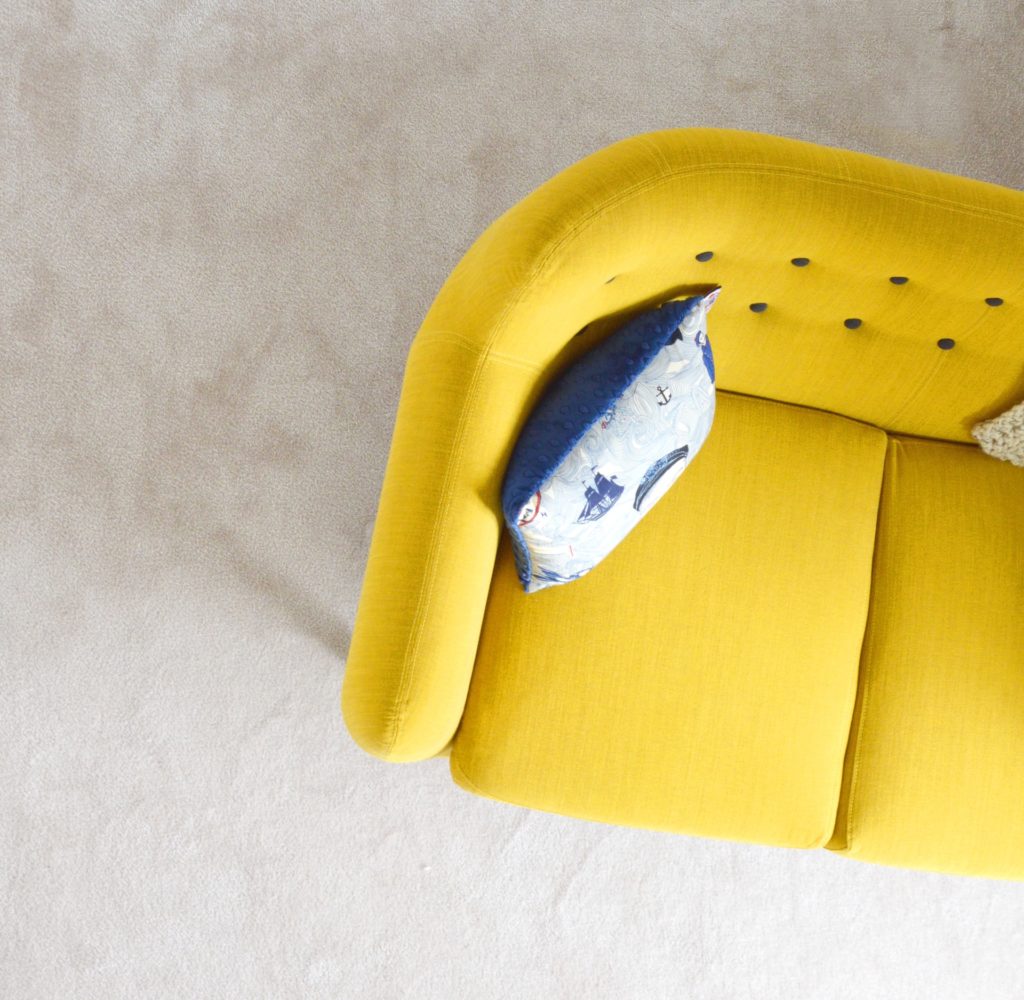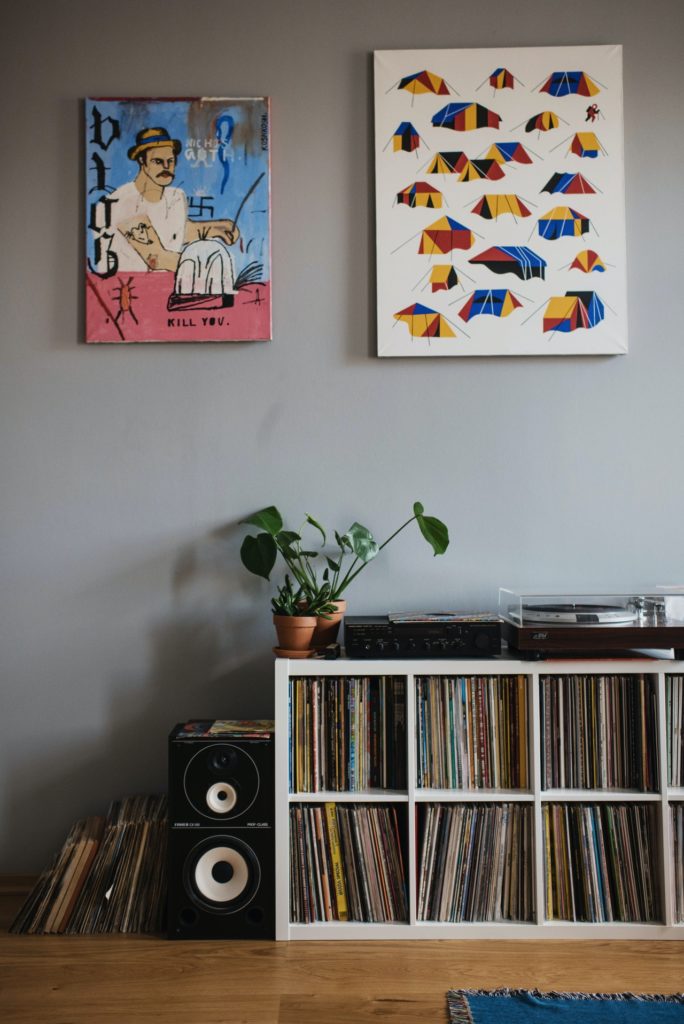
Image source: https://unsplash.com/photos/ALpEkP29Eys
Designing a home, especially your first one, is both a challenging and marvelous process. Naturally, you want everything to be perfect. Unfortunately, unlike the Hollywood A-listers, you are probably operating on a limited budget and don’t have a professional interior designer to point out the subtle details and help you make all the important decisions. That’s why you will need a little more savviness and some good tips. We’re here for the latter, so read on for our tips on where to splurge and where to save on home design.
Items worth splurging on

Image source: https://unsplash.com/photos/-xOHLRUW4k8
Kitchen appliances and cookware
The kitchen is the most expensive room in every house. The reason for this is that the focus of the room is functionality, and you can’t compromise on that. Make sure you get only the best kitchenware and appliances. Almost every device you can find on the market has an energy-saving capacity, so look for those with higher markings. Also, when choosing cookware and knives, search for products with a lifetime warranty.
Bathroom appliances
Showerheads, faucets, taps, bathtubs, toilets, and other bathroom items, apart from the accessories, are something designed to last for decades. Of course, when you don’t invest enough, you might end up having to replace them every couple of years, which can mean spending more money in the long run.
Mattress
When it comes to bedroom design, there are many elements on which you can save, but the mattress is not one of them. Sleep quality is not something you can compromise on, and for healthy, peaceful shut-eye, you need to get a good mattress that provides full-body support and ultimate comfort. Other bedroom items worth splurging on are the pillow and the bedsheets, but you don’t have to go over the top with that.
The living room couch
Although the mattresses in the bedrooms are the most important when it comes to getting proper rest, we cannot disregard the fact that most of the household members spend a huge amount of time on the living room couch. Plus, the couch is where your guests will be sitting, too. Other than being comfortable, the living room couch is the perfect centerpiece item, so you can also use this chance to splurge when it comes to design.
Lighting
Ceiling fixtures have a double function: they provide artificial light, but they also serve as design elements. This is the most splurge-worthy lighting item. However, make sure to also invest in multiple fixtures that provide layered lighting, as well as smart bulbs, which will ensure future savings.
Items not worth splurging on

Image source: https://www.pexels.com/photo/collection-of-vinyl-records-on-shelf-in-apartment-3952039/
Other bedroom furniture and accessories
The bedroom should be a minimalistic space and, as such, should never be overcrowded with furniture. You need solid storage space and nightstands (you can even make them yourself). Some decorative pieces, such as throw pillows and artwork, will help add personality to the space, but they shouldn’t put a dent in your budget.
Artwork
Speaking of artwork, you do not need a Van Gogh piece to create a compelling space. Depending on your design, it will be enough to print some black and white photos or even just empty frames to achieve the desired effect.
Rugs
Considering that rugs are exposed to a lot of foot traffic during the day, we can’t expect them to last for a long time. Because of that, it’s best not to throw your money away on them. You can get beautiful rugs for a bargain or even get some vintage items that can work well in your home.
Chairs and tables
The only table that’s worth spending a lot of money on is the one in the dining room. As for the living room, your sofa should play the lead role there, so don’t go for the chunky full-wood coffee table. Instead, you can save with smaller minimalistic tables that will not steal away the sofa’s spotlight. The dining room and the living room chairs are also supporting characters.
Accessories
Decorative pieces, such as vases, table lamps, blankets, throw pillows, and similar accessories, should be the last items on your buying list. There’s no need to go big here and to buy in sets. You can save by mixing and matching different pieces you’ve bought on sales and discounts. While mixing different accessories, have at least one cohesive element to connect them all into one harmonious story. The cohesive element can be the color (or the color family), pattern, or the design style (e.g., Scandinavian, industrial, rustic, vintage).
Final word
Hopefully, now you have a clearer idea of home design priorities and budgeting. Before you start shopping, establish a budget and see how much you’re willing to spend on specific items.
Article submitted by Hannah Thomas
